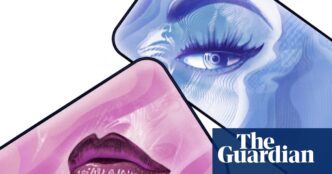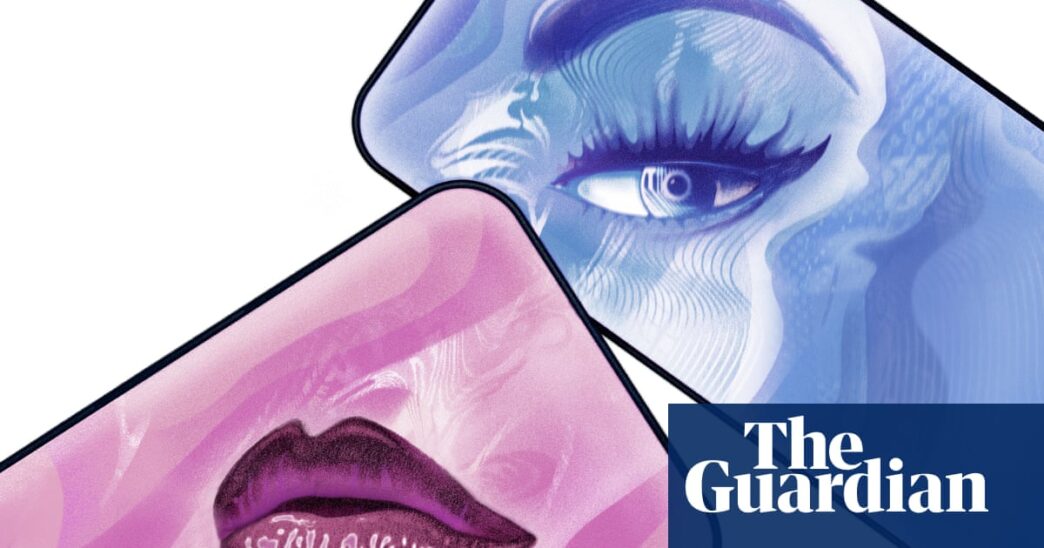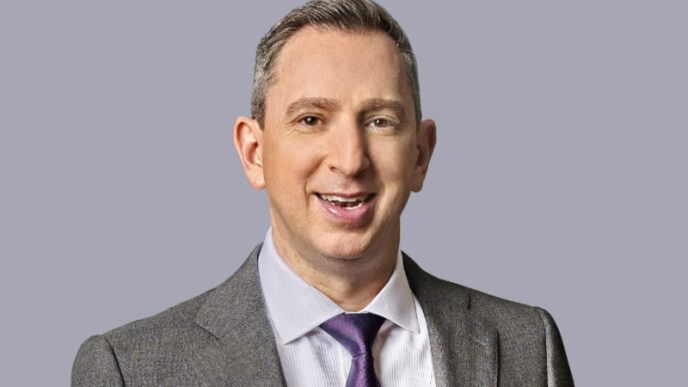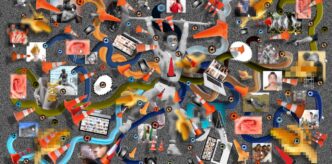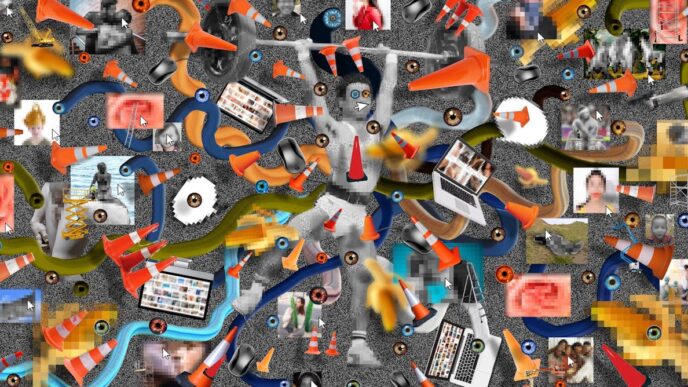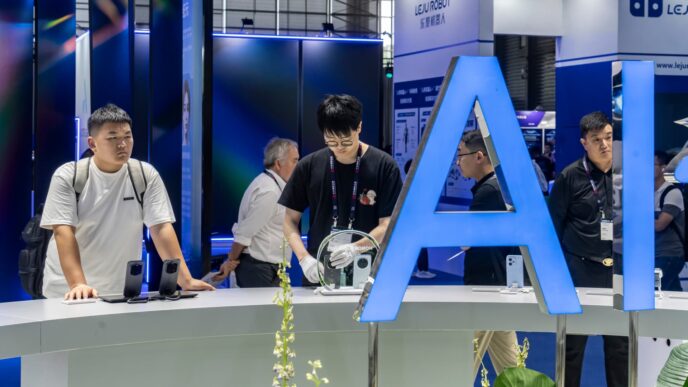Virtual Beauty exhibition lands at London’s Somerset House July 23, digging into AI’s impact on beauty and identity.
The show plasters faces, selfies, and AI distortions against real life. Artists like Qualeasha Wood tackle "Snapchat dysmorphia" — when people get plastic surgery to match their AI-enhanced selfies. Adam Lowe from Factum Foundation warns how these “perfect” screen images don’t translate well to actual faces.
Wood’s work blends her online life with the physical, turning digital abuse and social media’s pressure into woven tapestries. She calls out how AI beauty standards trap us by chasing likes and metrics, not genuine self-view.
“I refuse to contribute to the beauty standard. Those works where I think I’m the least put together are the ones people are most drawn to and find the most beautiful.”
The exhibition also flips classics: non-binary artist Sin Wai Kin channels Botticelli’s Birth of Venus in drag, questioning timeless ideals of beauty.
Digital artist Mat Collishaw, who’s testing pre-release OpenAI tech, senses something weird brewing in AI — a sentience rising, but alien to us.
“You get the sense that some kind of sentience is being nursed into life – but it’s happening away from us,” Collishaw says.
“When you look into the eyes of a gorilla in the zoo you know there’s some sentience in there but it’s not ours: it’s a very weird feeling.”
Collishaw’s new film Aftermaths compresses evolution into an AI pulse, imagining life remade after humanity is wiped out.
The show’s a hard look at how technology reshapes identity, body, and self-image amid AI’s surge. It asks if we’re heading toward liberation or just digital obsession.
Virtual Beauty runs July 23 to September 28 at Somerset House, London.

